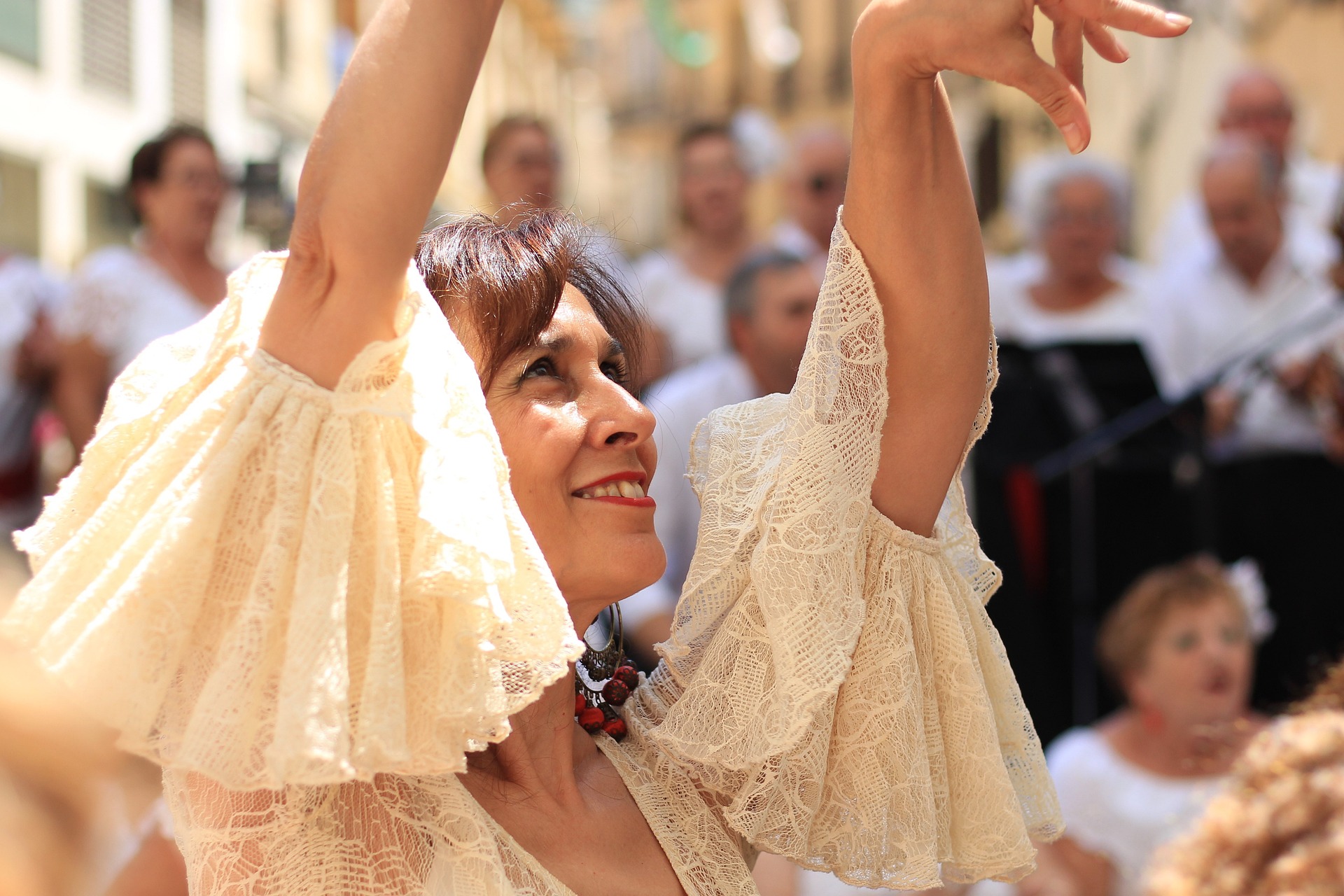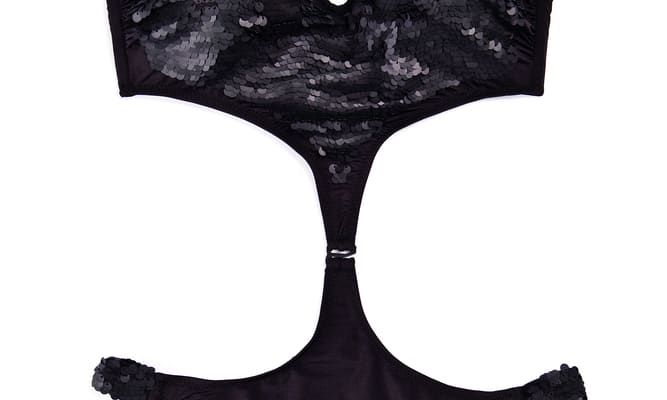Cinematic Poetry: The Rising Influence of Visual Metaphor in Film
In the vast cosmos of the arts and entertainment industry, a subtle yet powerful trend is taking center stage - the increasing use of visual metaphor in film. This intriguing development is transforming the cinematic landscape, providing filmmakers with a potent tool to communicate complex themes and emotions. This article will delve into the evolution of this trend, its recent emergence, and its profound impact on audiences and the industry.
A Glance at the Past: The Birth of Visual Metaphor
Visual metaphor in film isn’t a new concept, but its roots can be traced back to the silent film era. Directors like Sergei Eisenstein and D.W. Griffith used visual metaphors to bridge the gap created by the absence of spoken dialogue. As cinema evolved, so did the use of visual metaphors, becoming an essential element of storytelling, used to subtly convey emotions, themes, and messages.
The Current Wave: Visual Metaphor in Contemporary Cinema
Fast forward to the present, and visual metaphor has become an integral part of modern filmmaking. With the advancement in technology and visual effects, directors are now able to create more complex and layered metaphors. A recent example is Bong Joon-ho’s ‘Parasite’, where the director used visual cues to depict the class divide and social inequality.
The Impact: How Visual Metaphor Has Transformed Cinema
The rise of visual metaphor has significantly altered the way stories are told and perceived in cinema. It has given filmmakers a new language to speak to their audiences, allowing them to express complex themes without resorting to overt dialogue. On the flip side, it has also challenged audiences to become active participants in the storytelling process, engaging them on a deeper and more emotional level.
The Future: The Continuing Evolution of Visual Metaphor
Given the positive reception and the creative possibilities it offers, visual metaphor is set to become even more prevalent in the future. Filmmakers are pushing the boundaries of this technique, experimenting with various forms and styles to create a richer and more immersive cinematic experience.
The Power of Visual Metaphor
The increased use of visual metaphor in film is a testament to the evolving nature of cinema. It’s a powerful tool that enhances storytelling and viewer engagement, making it a vital component of modern filmmaking. As we look forward to the future, it’s clear that visual metaphor will continue to play a significant role in shaping the cinematic landscape.
In the end, the rise of visual metaphor in film signifies a shift towards a more visual and symbolic form of storytelling. It’s a trend that not only enriches the cinematic experience but also extends the boundaries of artistic expression in film. This, in turn, will continue to challenge and inspire filmmakers to create more compelling and thought-provoking cinema.





